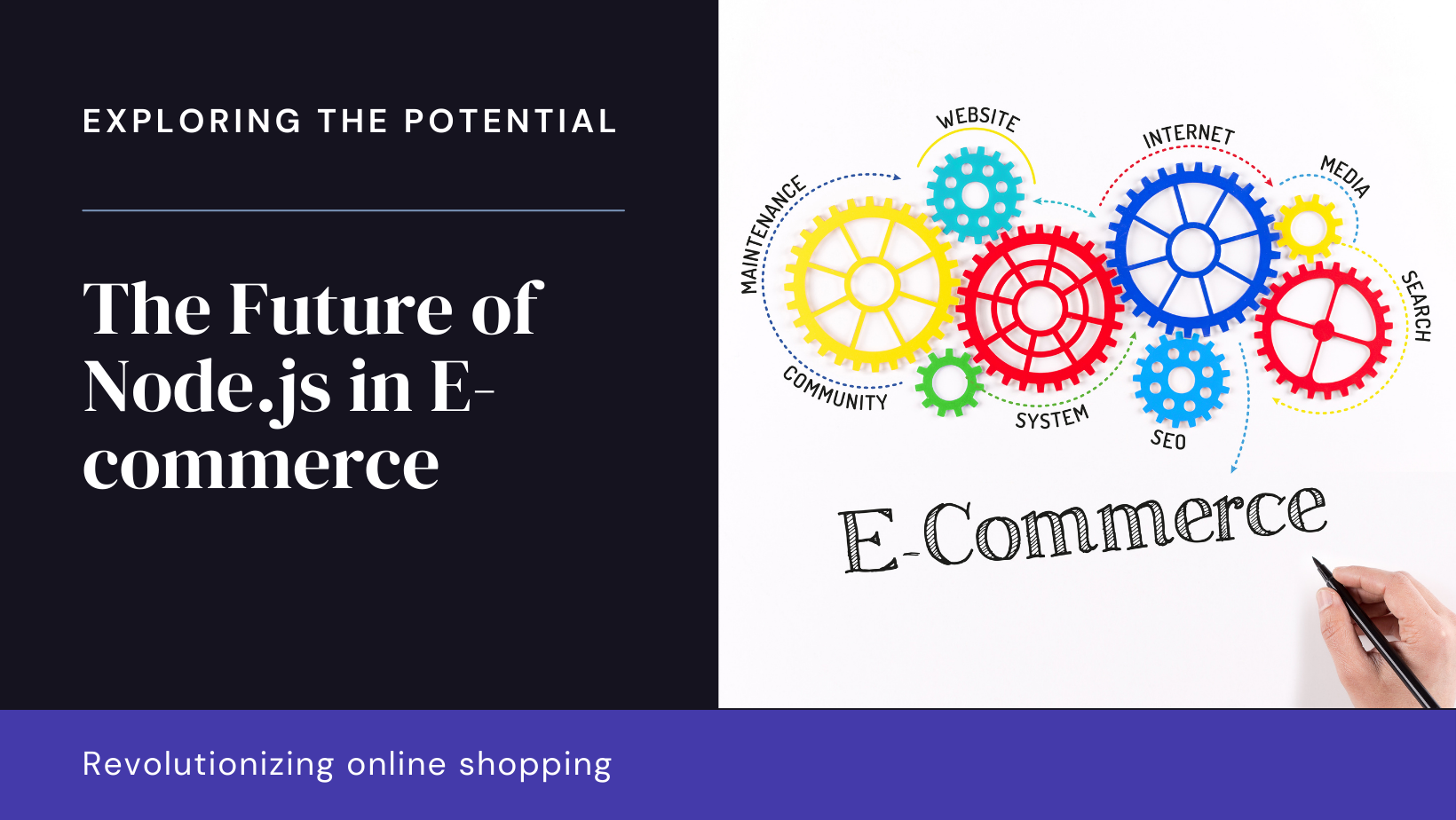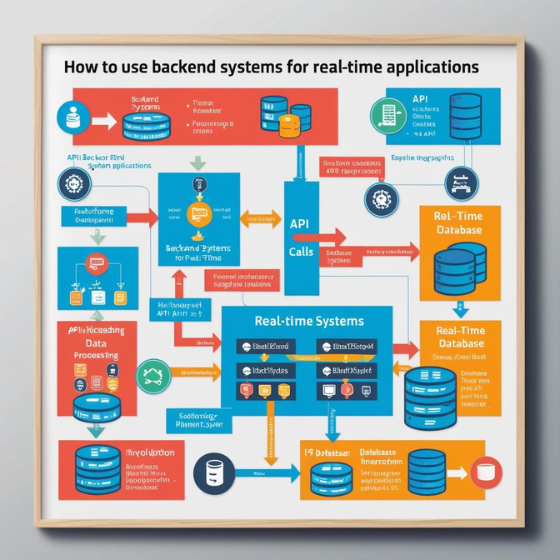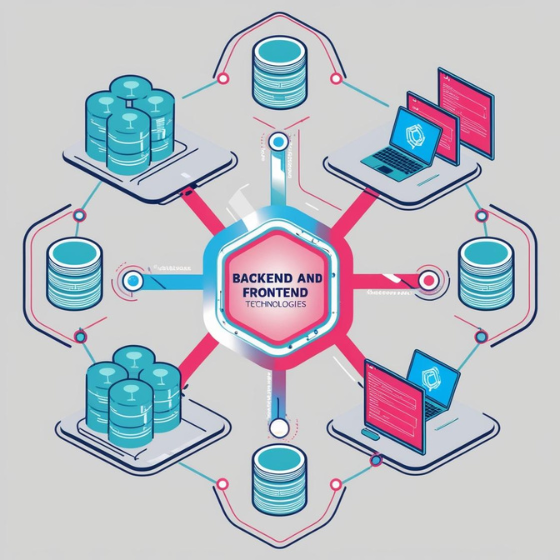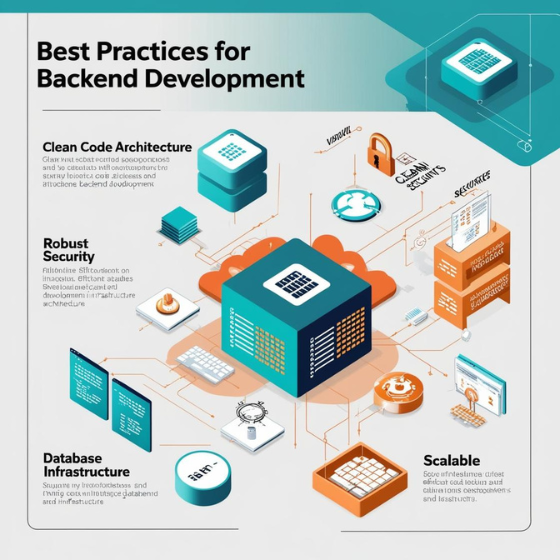In the rapidly evolving world of e-commerce, technology plays a pivotal role in shaping customer experiences, optimizing operations, and driving innovation. Node.js, a powerful JavaScript runtime built on Chrome’s V8 engine, has emerged as a key player in this space. Known for its non-blocking, event-driven architecture, Node.js offers significant advantages for building scalable and efficient e-commerce platforms. This blog explores the future of Node.js in e-commerce, highlighting its benefits, emerging trends, and the impact it will have on the industry.
Advantages of Node.js for E-Commerce
Scalability and Performance
Node.js’s non-blocking, asynchronous architecture allows it to handle multiple requests simultaneously without being slowed down by concurrent operations. This scalability is crucial for e-commerce platforms that experience fluctuating traffic volumes, especially during peak times like sales or holiday seasons. By leveraging Node.js, businesses can build high-performance systems that efficiently manage user interactions, product searches, and transaction processing.
Real-Time Capabilities
In the e-commerce sector, real-time capabilities enhance user engagement and satisfaction. Node.js excels in this area, providing robust support for real-time applications such as live chat, notifications, and dynamic content updates. For example, real-time inventory updates ensure that customers see accurate stock levels, reducing the risk of overselling and improving the shopping experience.
Microservices Architecture
The microservices architecture, which involves breaking down applications into smaller, independently deployable services, aligns well with Node.js’s capabilities. This approach allows e-commerce platforms to develop, deploy, and scale individual components—such as payment processing, product management, and user authentication—independently. Node.js’s lightweight and modular nature supports the development of microservices, facilitating more manageable and scalable systems.
Emerging Trends in Node.js for E-Commerce
Serverless Computing
Serverless computing, where cloud providers handle server management and scaling, is gaining traction in the e-commerce sector. Node.js is well-suited for serverless environments due to its fast startup times and efficient resource usage. By leveraging serverless platforms like AWS Lambda or Azure Functions, e-commerce businesses can run event-driven functions that respond to user actions, such as processing orders or updating customer data, without managing underlying infrastructure.
API-First Development
The API-first development approach prioritizes creating robust and scalable APIs before building the user interface or other components. Node.js is a natural fit for this strategy, as its asynchronous and event-driven model facilitates the development of high-performance APIs. E-commerce platforms that adopt an API-first approach can more easily integrate with third-party services, such as payment gateways, shipping providers, and CRM systems, enhancing their overall functionality and flexibility.
Headless E-Commerce
Headless e-commerce separates the front-end and back-end of an e-commerce platform, allowing for greater flexibility and customization. Node.js supports headless architectures by providing powerful backend capabilities for handling data and business logic, while front-end technologies like React or Vue.js manage the user interface. This decoupling enables businesses to deliver personalized and dynamic shopping experiences across various channels, including web, mobile, and IoT devices.
Key Use Cases of Node.js in E-Commerce
Real-Time Analytics and Personalization
Node.js’s real-time data processing capabilities are invaluable for e-commerce platforms that require instant analytics and personalization. By integrating Node.js with analytics tools and machine learning models, businesses can analyze user behavior, track key metrics, and deliver personalized recommendations in real time. This level of personalization enhances the customer experience and drives higher conversion rates.
Omnichannel Integration
E-commerce businesses often operate across multiple channels, including online stores, mobile apps, and social media platforms. Node.js can integrate these diverse channels by serving as a central backend that consolidates data and interactions. This integration ensures a seamless and consistent customer experience, regardless of the touchpoint, and enables businesses to provide unified customer support and services.
Scalable Payment Solutions
Payment processing is a critical component of e-commerce, and Node.js’s scalability and performance make it well-suited for handling high transaction volumes. By integrating Node.js with payment gateways and financial services, businesses can develop secure and efficient payment systems that support various payment methods, including credit cards, digital wallets, and cryptocurrencies. Node.js’s ability to handle concurrent requests and process payments in real time ensures a smooth and reliable checkout experience for customers.
Challenges and Considerations
Security
While Node.js offers numerous benefits, security remains a critical concern for e-commerce platforms. Node.js applications must be designed with robust security measures to protect against threats such as data breaches, cross-site scripting (XSS), and SQL injection. Implementing best practices, such as input validation, secure authentication, and regular security audits, is essential to safeguarding sensitive customer data and maintaining trust.
Ecosystem Maturity
Although Node.js has a mature ecosystem, some e-commerce-specific libraries and tools may not be as developed or widely adopted as those available for other platforms. Businesses should carefully evaluate available modules and frameworks to ensure they meet their specific needs. Leveraging community support and contributing to the open-source ecosystem can also help address gaps and drive innovation.
Performance Optimization
Node.js’s performance benefits are well-documented, but optimizing applications for maximum efficiency requires careful attention. Businesses must monitor and optimize factors such as memory usage, CPU load, and response times. Techniques such as load balancing, caching, and code profiling can help ensure that Node.js applications perform optimally under varying loads.
Future Outlook for Node.js in E-Commerce
Continued Innovation
The future of Node.js in e-commerce is bright, with ongoing innovation and advancements expected to further enhance its capabilities. New features, libraries, and frameworks will continue to expand Node.js’s role in e-commerce, enabling businesses to build more sophisticated and efficient platforms. As technology evolves, Node.js will remain a key player in shaping the future of online retail.
Increased Adoption
As e-commerce businesses seek to leverage the benefits of modern, scalable technologies, Node.js is likely to see increased adoption. Its ability to handle real-time data, support microservices, and integrate with various technologies makes it an attractive choice for businesses looking to stay competitive in the dynamic e-commerce landscape.
Emerging Technologies
The integration of emerging technologies, such as artificial intelligence (AI), machine learning, and the Internet of Things (IoT), will further expand Node.js’s potential in e-commerce. By incorporating these technologies, Node.js applications can deliver advanced features like predictive analytics, personalized recommendations, and smart inventory management, driving innovation and growth in the industry.
Conclusion
Node.js’s versatility, scalability, and performance make it a powerful tool for e-commerce development. Its ability to handle real-time data, support microservices, and integrate with various technologies positions it as a key player in the future of online retail. By leveraging Node.js’s capabilities, e-commerce businesses can build robust, efficient, and innovative platforms that meet the evolving needs of consumers and stay ahead in a competitive market.







